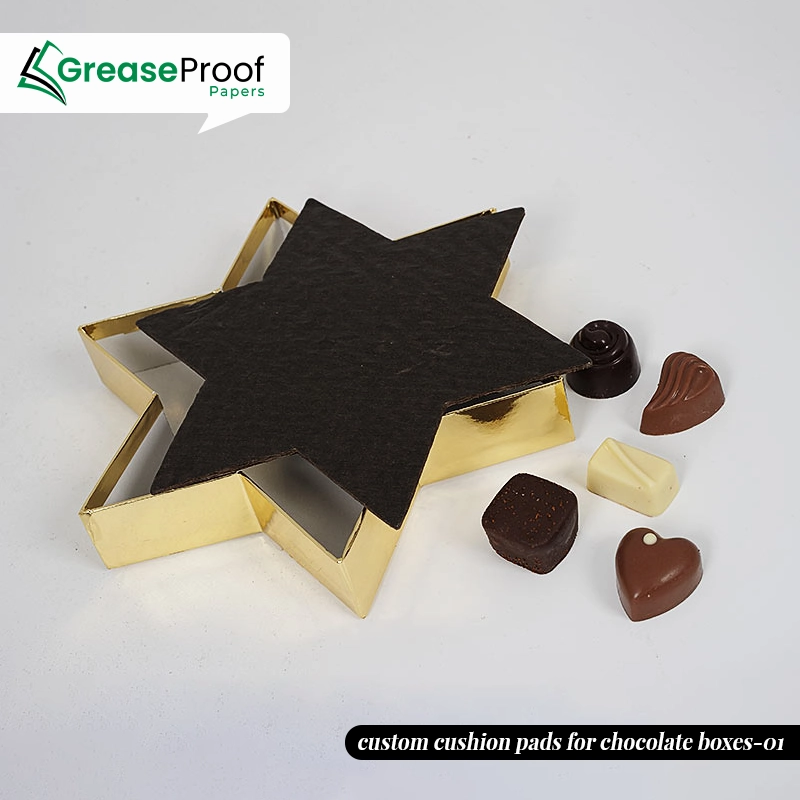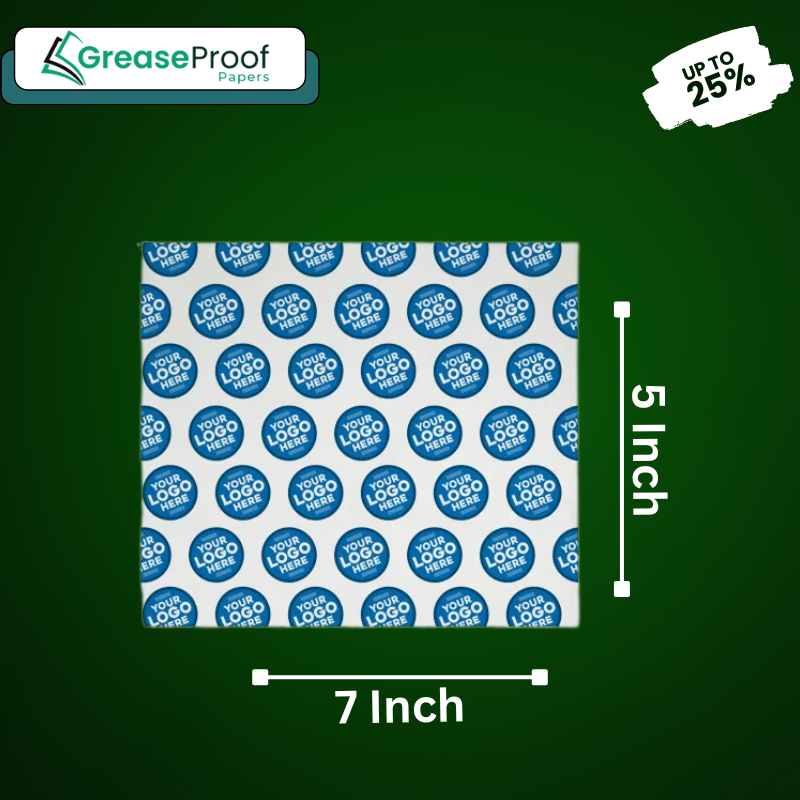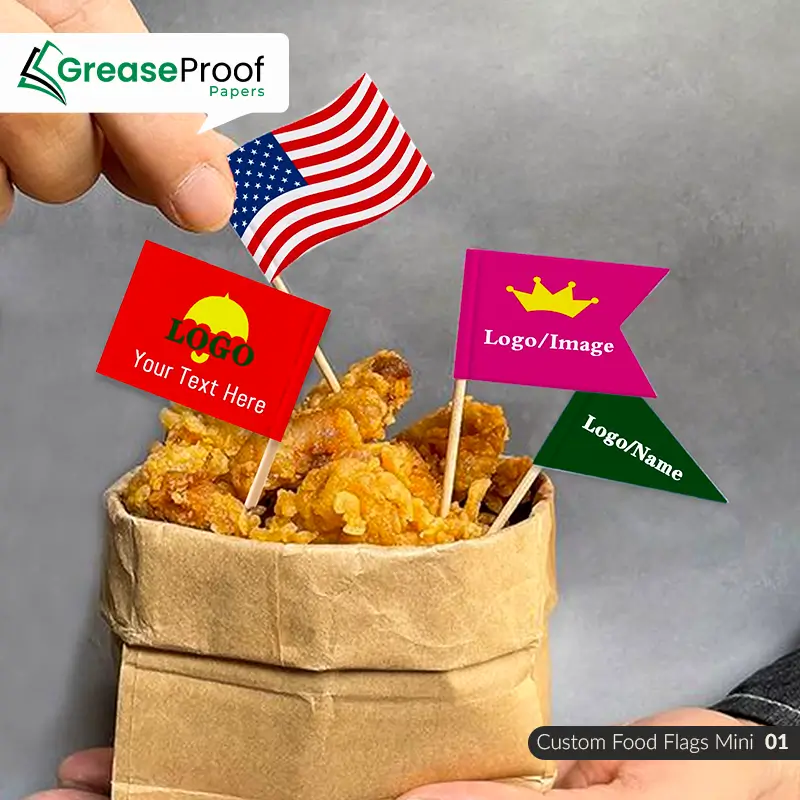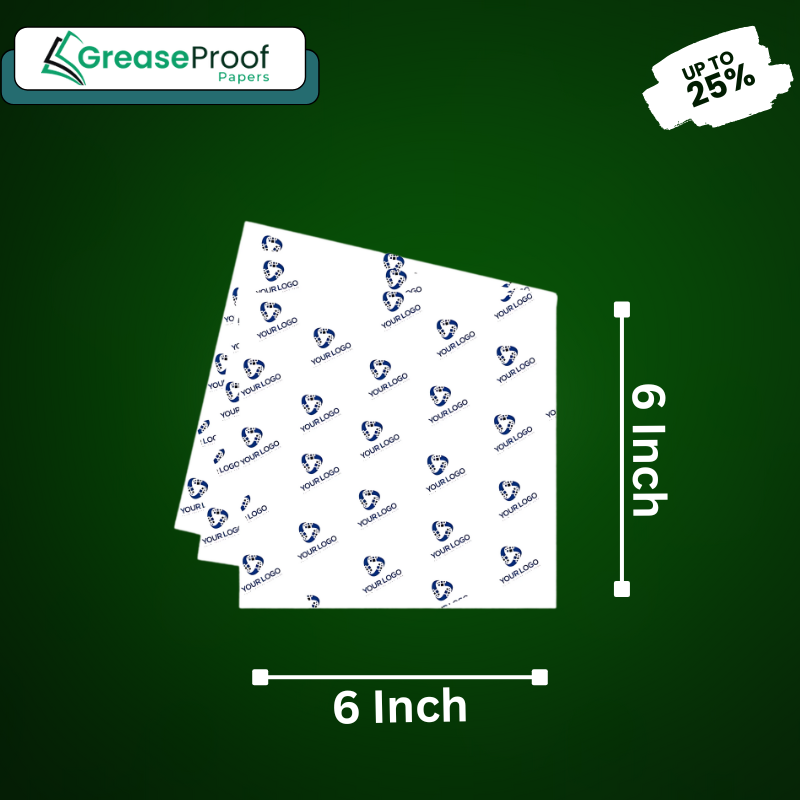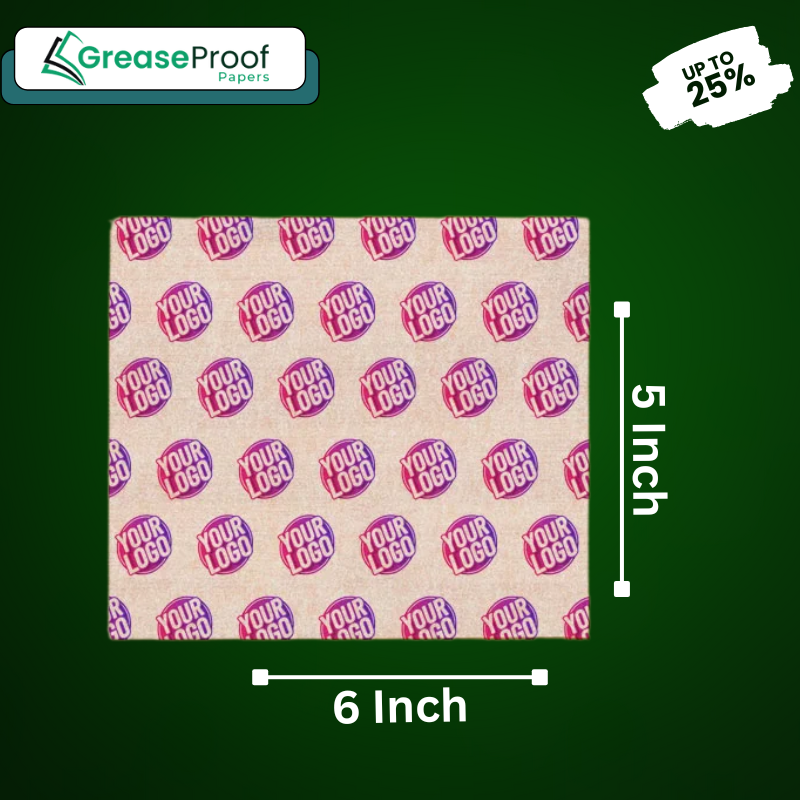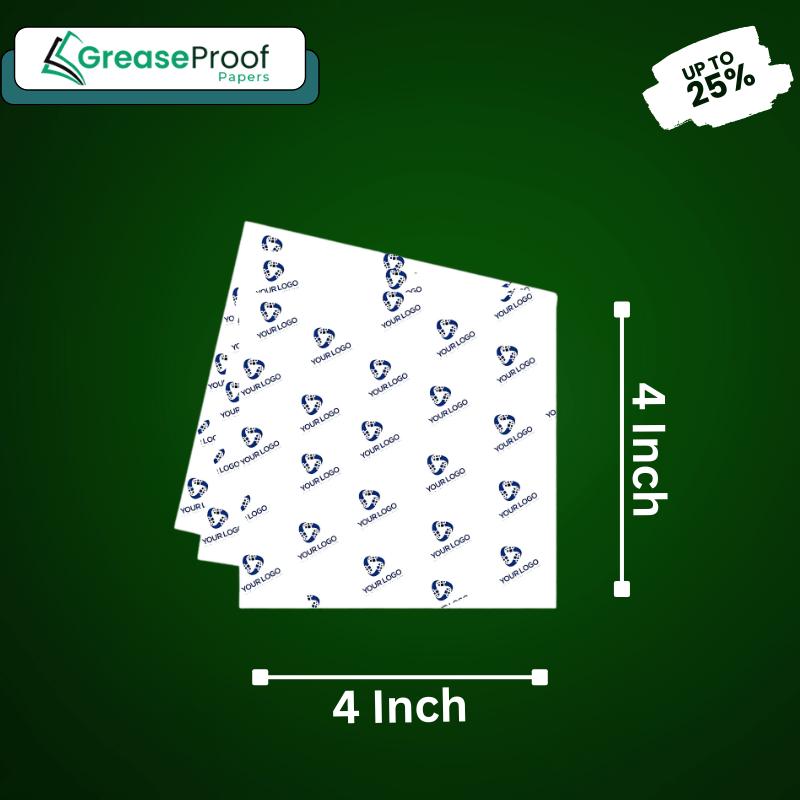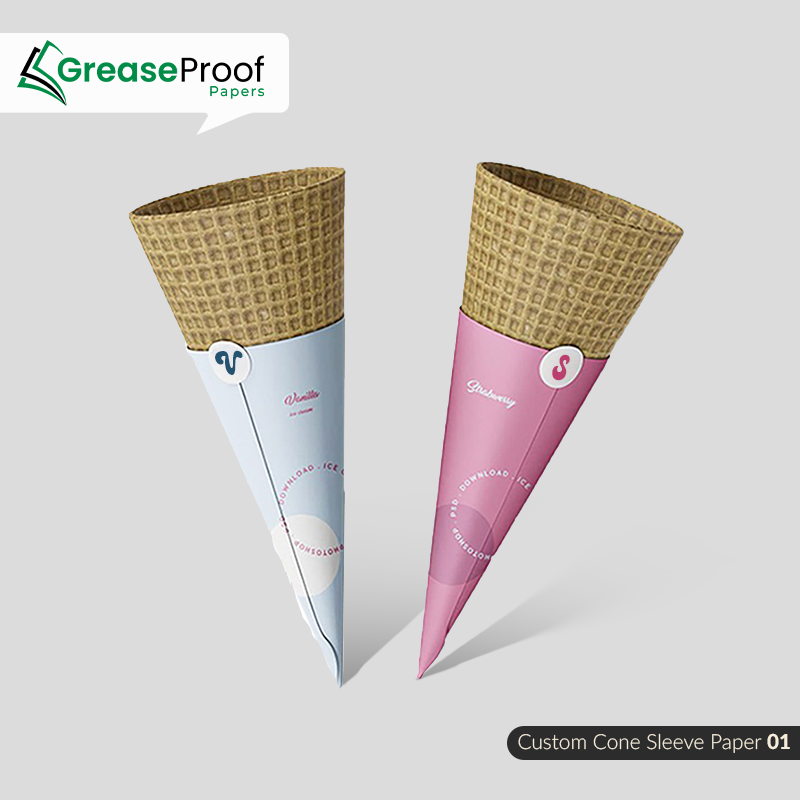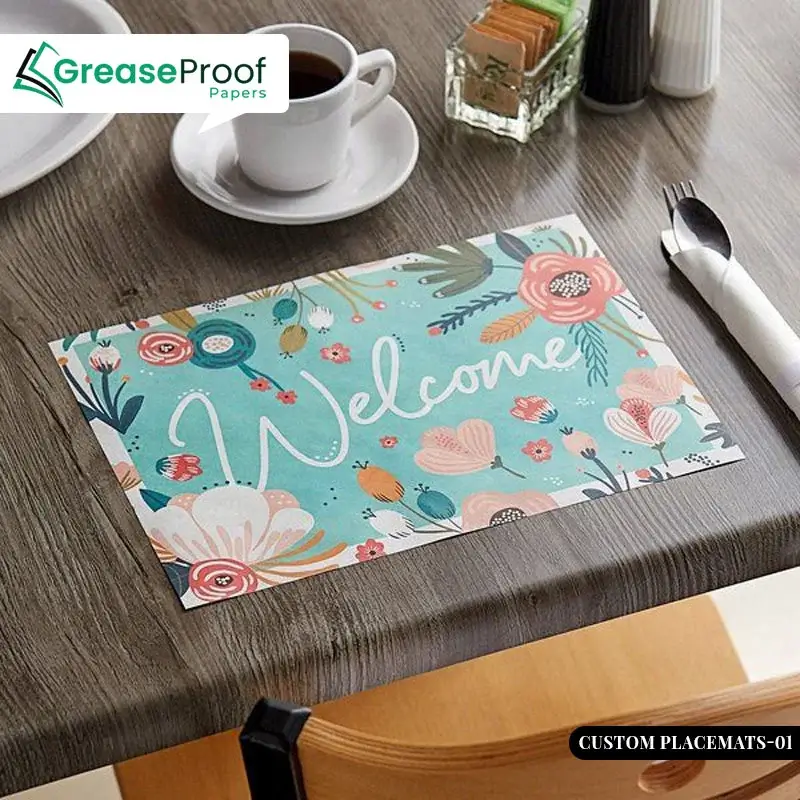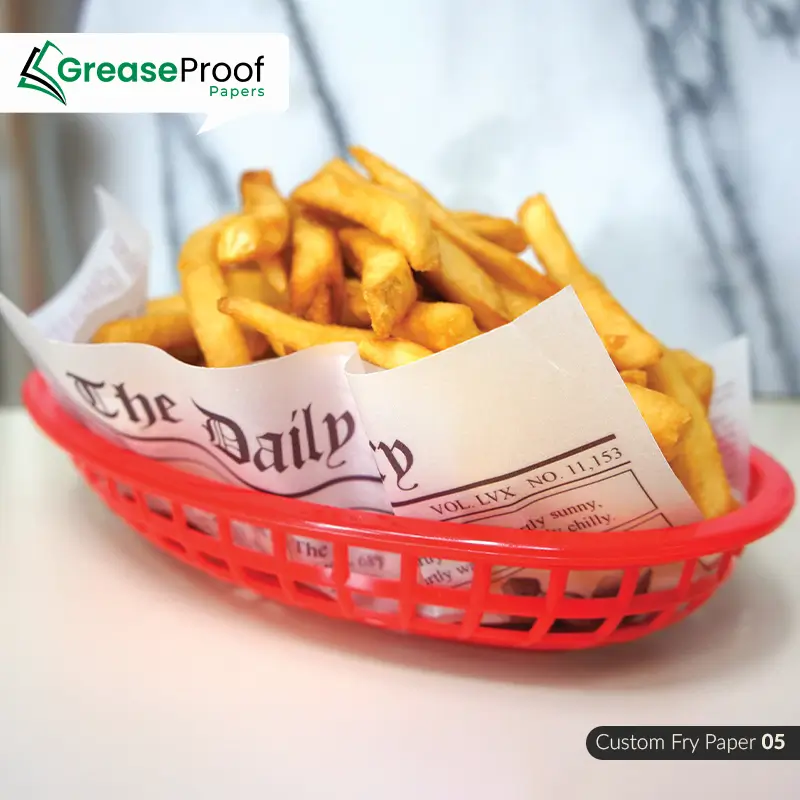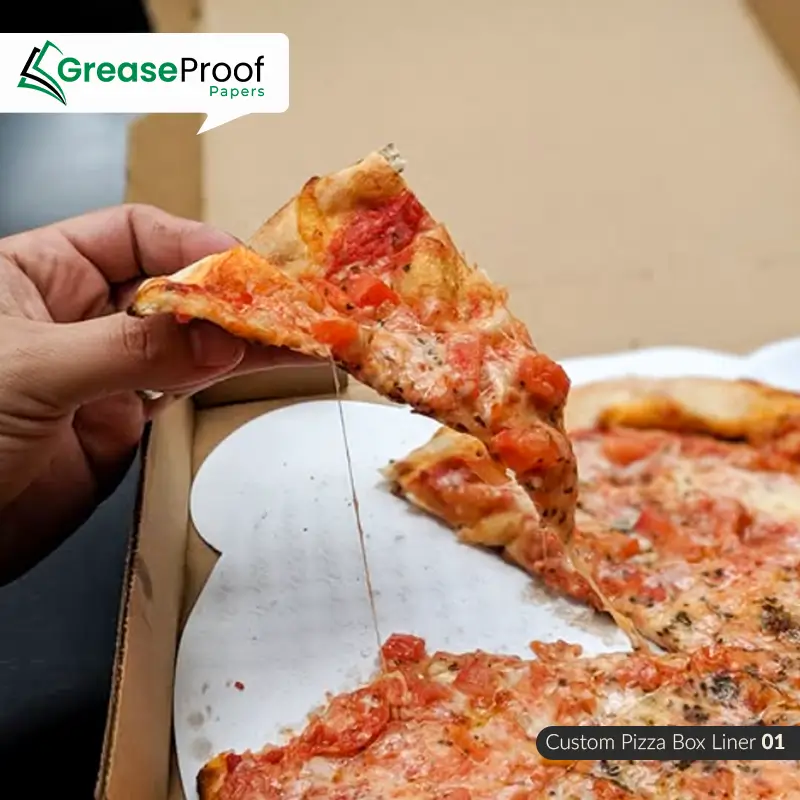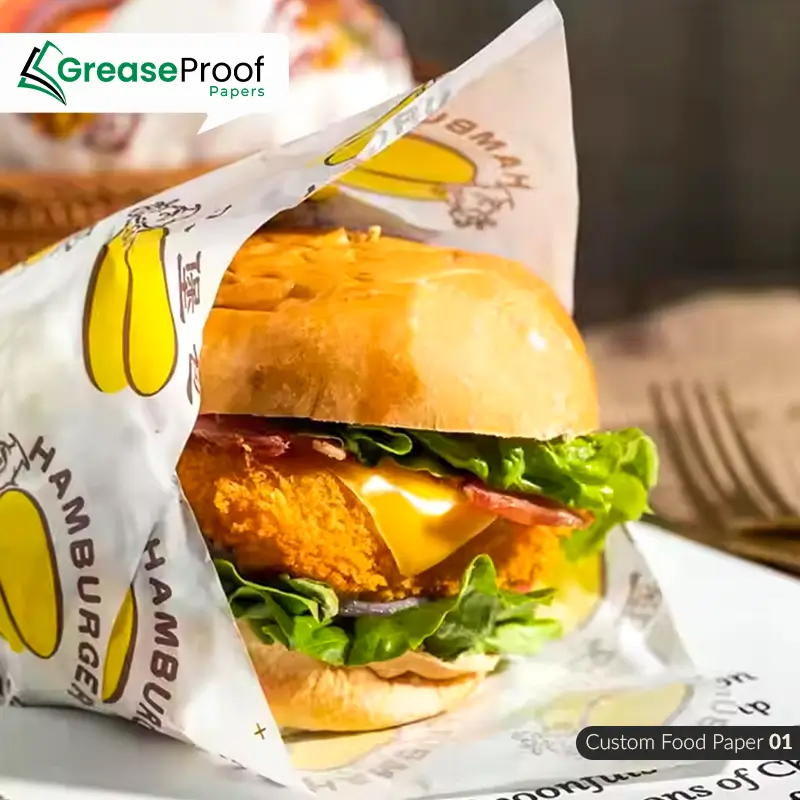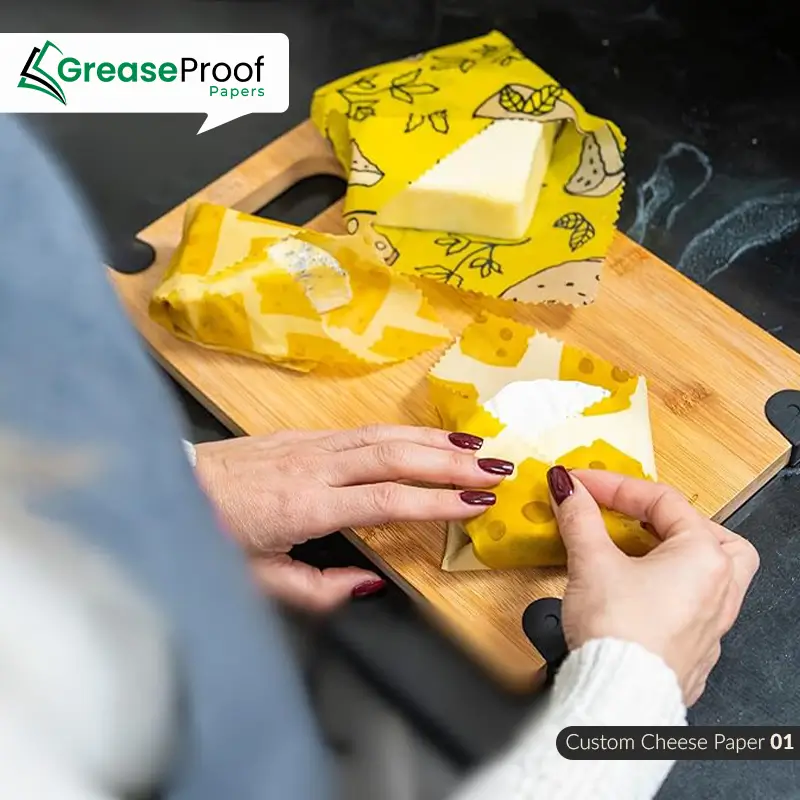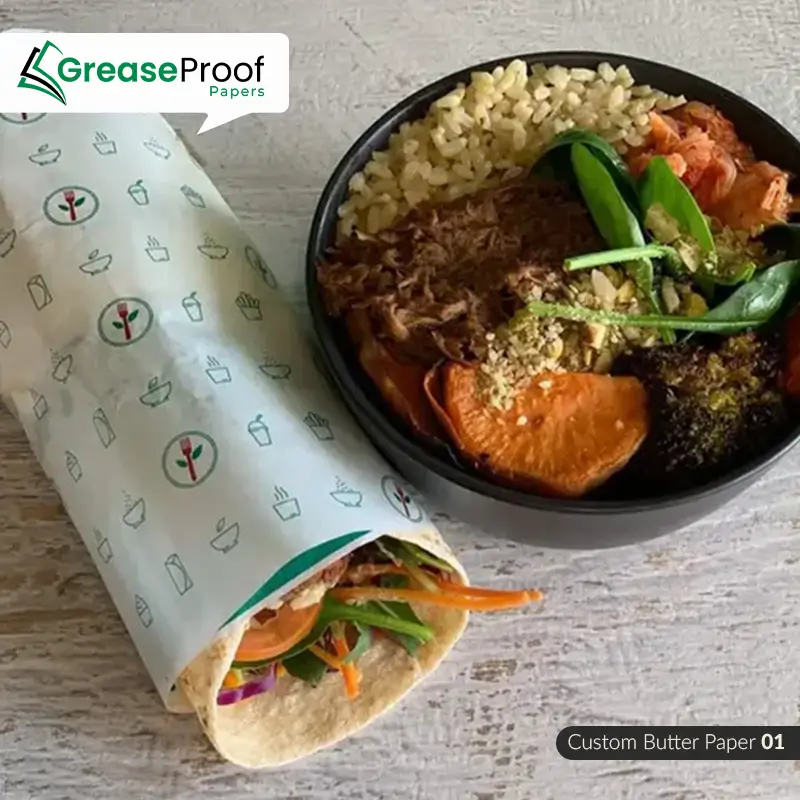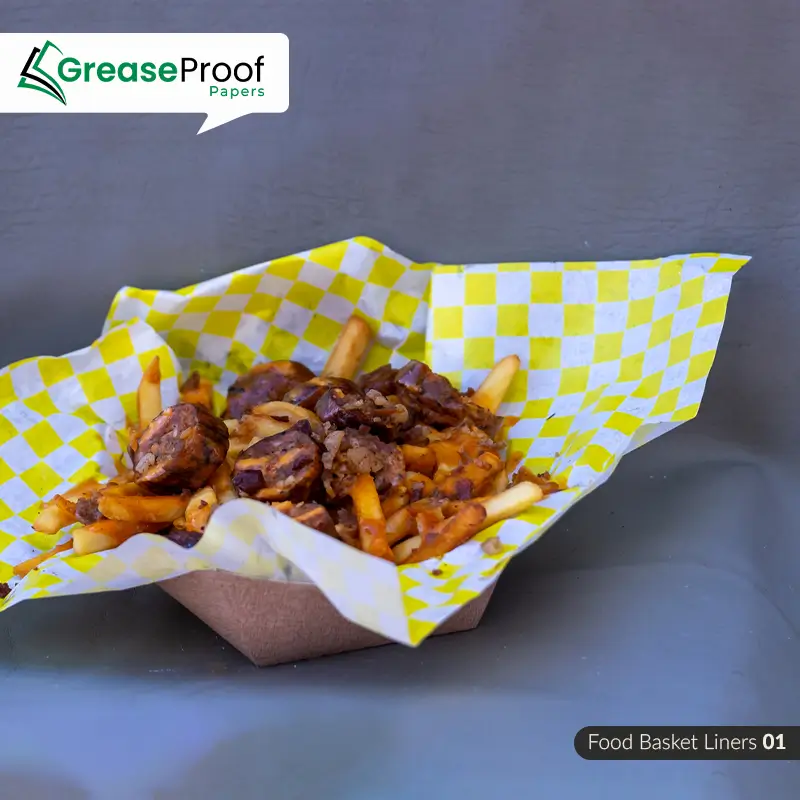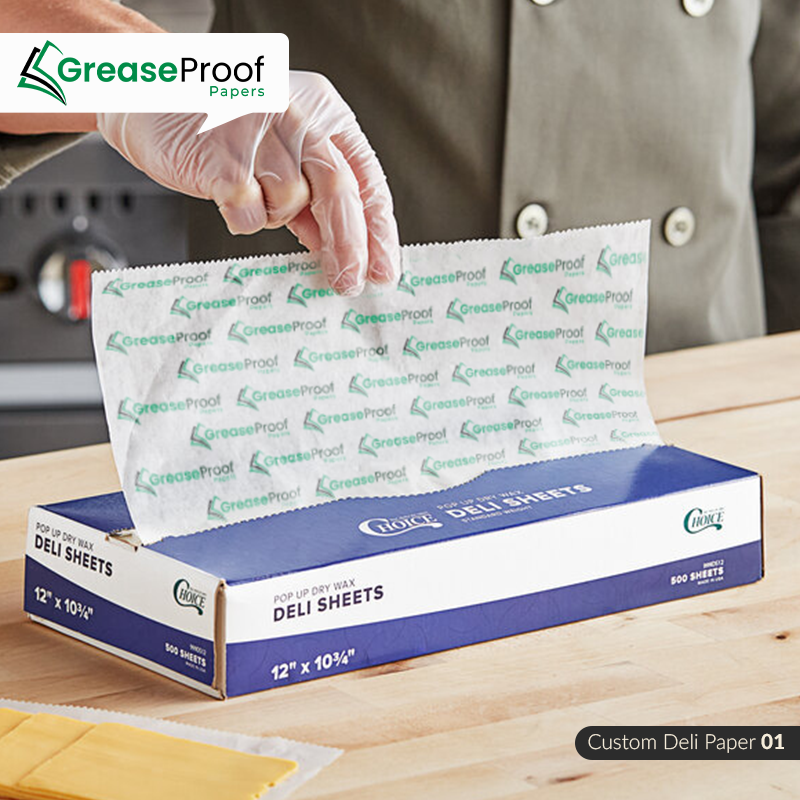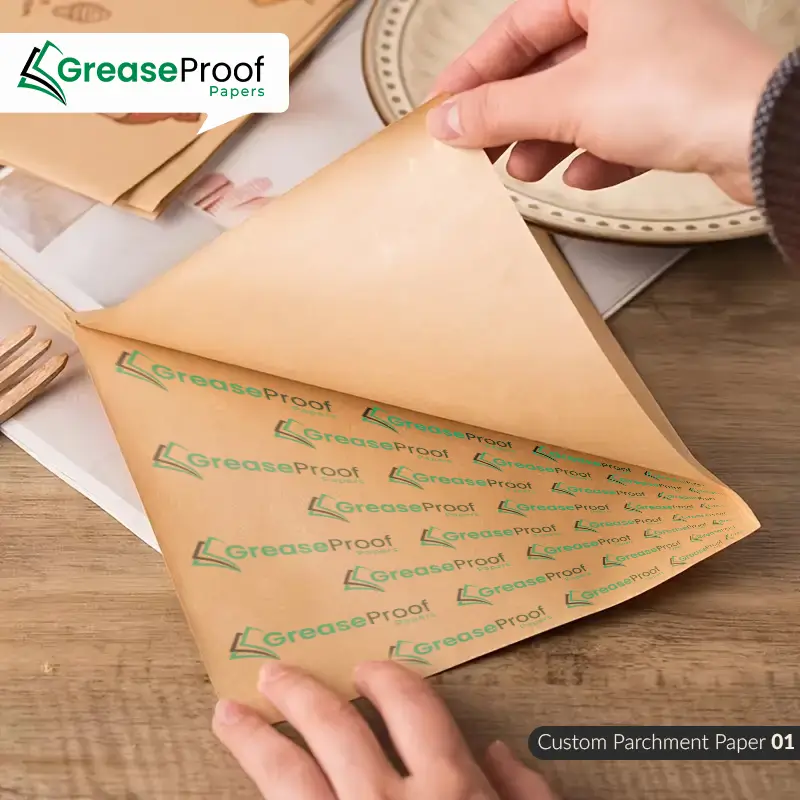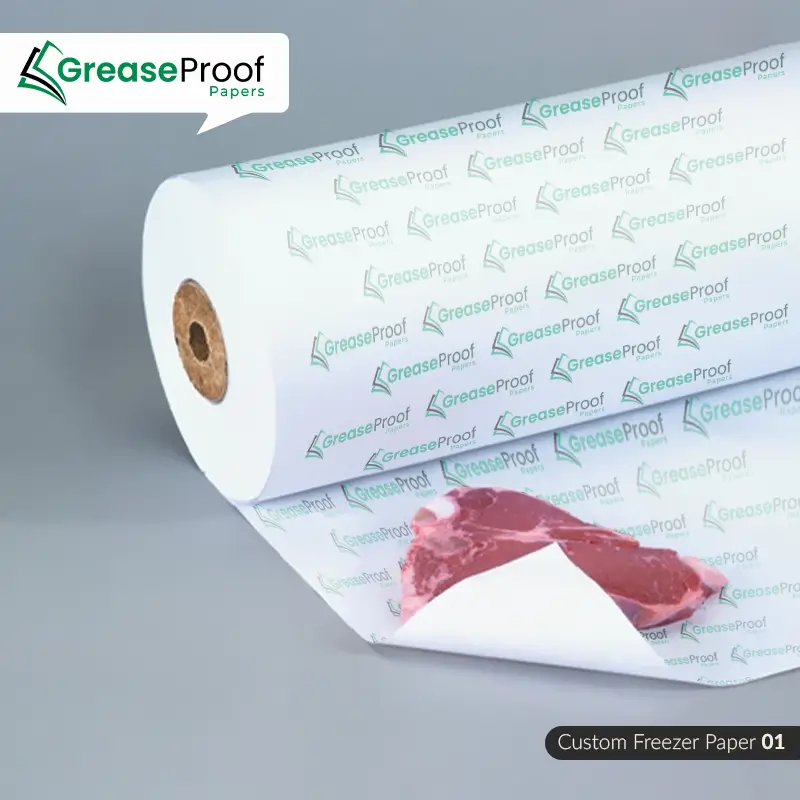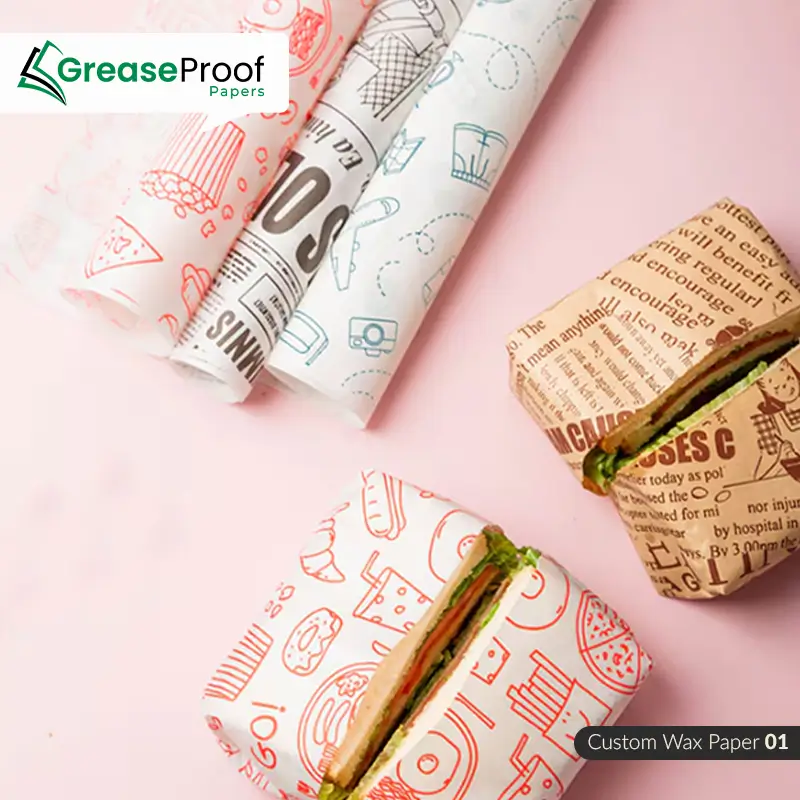
Butcher paper vs deli paper: key differences and similarities
October 11, 2024 Uncategorized
Both butcher paper and deli paper play crucial roles in the food packing field. They may look like the same product but are manufactured using different chemical and mechanical processes and have different raw materials, coatings, and characteristics.
Sometimes, both papers are non-coated, so many people consider them the same. A comparison of butcher and deli paper indicated that they could only sometimes be used as an alternative. For instance, their heat, moisture, etc. tolerance is very different.
Even so, there are many features of both types of custom greaseproof paper that are alike but are not limited to food-grade nature, sustainability, sturdiness, branding potential, etc. To learn more, let’s read the blog and make a clear distinction between both of them.
Manufacturing Process
Butcher paper is made from kraft pulp, which is strong and hard-wear wood pulping. Wood fibers are converted Through a chemical treatment into a thick, intense form of paper that includes pressing and drying processes. Butcher paper is available in brown unblocked form. It can also be bleached to give it a white color and a cleaner look. This paper is reusable and strong enough to wrap moist foods like raw meat. There are primarily two types of butcher paper:
- White butcher paper: Pale and excellent for presenting food cleanly and professionally.
- Brown butcher paper: Uncoated paper widely used to wrap meats for preservation or cooking purposes, particularly in barbeque.
Deli paper is less thick and coarse than craft paper. This paper is finer and thinner than the craft paper. This is usually made from bleached wood pulp and has a more polished surface that is preferable for handling delicate foods such as sandwiches. The paper used for this application is made from wood pulp. With a series of mechanical manufacturing processes, it has a grease resistance ability that is ideal for wrapping food with high-fat content. Types of deli depend on the kind of coating and the degree of thickness of the paper. The most common varieties are:
- Standard deli paper: Sleek paper that does not allow grease to penetrate through it and is often used in making sandwiches or wraps.
- Waxed deli paper: Adding extra protection from grease, commonly used for foods that are fried or come with grease.
Chemical Composition
Sodium hydroxide and sodium sulfide are used in kraft processes to manufacture butcher paper. This process swells the lignin in the wood fibers and increases cellulose’s concentration. The paper produced from this process is almost free of hazardous chemical components and is an ideal and most suitable option for food wrapping. Butcher papers can sometimes also be coated with polyethene to make them moisture-resistant.
On the other hand, the manufacturing process of deli paper involves the chemical treatment that gives a grease-resistant surface to the paper. This consists of applying chemicals such as Wax or silicone on the surface. These chemicals help to make the deli paper resistant to oily or greasy foods.
Coatings Used
Butcher paper is available with or without varnish. When coated, it usually has a polyethene coating that makes it moisture-proof. This coating does not allow the butcher paper to soak in the juices of the meats. Moreover, it also helps to prevent the drying out of meat or getting undesirably soggy. On the other hand, non-glossy, non-coated butcher paper is a little less moisture resistant; this type is mainly used for smoking BBQs due to its breathable nature.
Conversely, deli paper has a thin layer of Wax or silicone to give the required grease resistance. These coatings ensure that oil does not penetrate the paper and cause a mess. Butcher paper is used to hold the moisture of raw food, while deli paper is mainly used to wrap fully cooked foods.
Applications
Butcher paper is often used in meat processing, especially in butcheries, to wrap raw meat products. The same paper is also used to smoke BBQs, where the paper is used to cover meats during cooking to keep them moist while allowing the smoke to penetrate paper fibers and access the food.
Deli paper is commonly used in deli stores and sandwich shops as wrapping for sandwiches, subs or burgers. It is also used as a basket liner to serve the food cleanly and professionally.
Printing Process
Butcher and deli paper are printed using flexographic methods and offset printing techniques. Logos, designs, or text can be printed on paper with food-grade ink to avoid any contamination in the food. Apart from this, the color’s are resistant to fading so that the promotional element of the paper remains intact.
Laser Printing on Butcher Paper & Deli Paper
Laser printing is possible on butcher paper sheets, but certain restrictions exist. For instance, if you are using paper without any wax or PE lamination, it is easy to print via laser printing. A wax or PE-coated paper can melt and burn during the process because of the excessive heat involved. Deli paper can not be printed by laser method-sprinter because it contains Wax or silicone coating. These coatings can melt under the high temperatures of the laser printer and smear or, at worst, destroy the printer.
Comparison of Butcher Paper vs. Deli Paper
|
Aspect |
Butcher Paper |
Deli Paper |
| Manufacturing Process | Made from kraft pulp, thicker and durable | Made from bleached wood pulp, thinner |
| Chemicals Used | Sodium hydroxide, sodium sulfide, polyethylene | Wax or silicone for grease resistance |
| Coatings | Polyethylene for moisture resistance | Wax or silicone for grease resistance |
| Add-ons | Polyethylene layers, grid reinforcements | Wax or silicone layers |
| Types | White and brown butcher paper | Standard and waxed deli paper |
| Applications | Meat wrapping, barbecue smoking | Sandwich wrapping, tray lining |
| Printing | Flexographic, offset printing | Flexographic printing |
| Laser Printing | Possible but challenging due to thickness | Not suitable due to wax/silicone coatings |
Conclusion
Butcher paper and deli paper are different products important to food packaging and are manufactured specifically for the food industry. Butcher paper is thicker and is a better option for meats, while deli paper is thinner and best for take-out food items. Their manufacturing processes, specific chemicals, coatings, and uses differ, so they are used for various food products. If you are looking for high-quality, sustainable, economical, and durable butcher or deli paper with excellent branding potential, you can Contact Greaseproof Papers and enjoy their amazing services.
Read Also:

